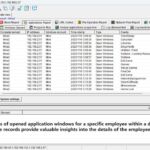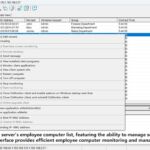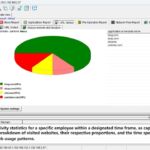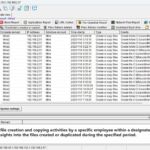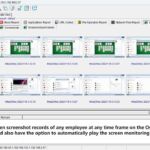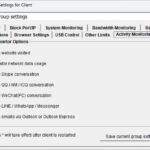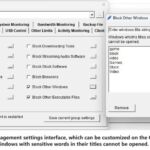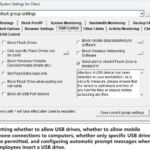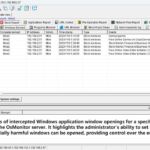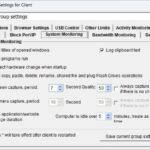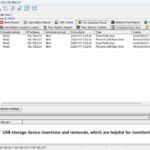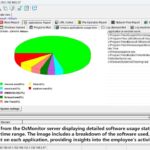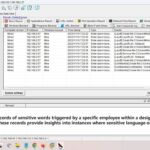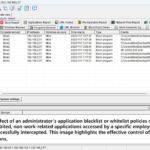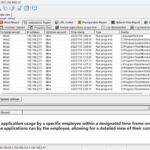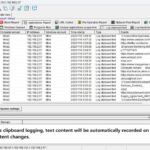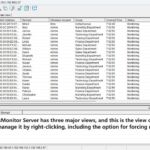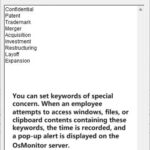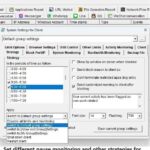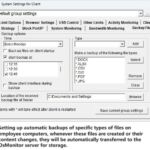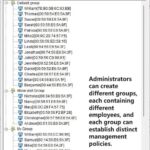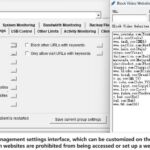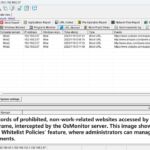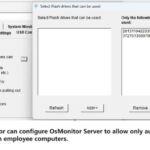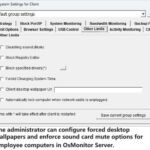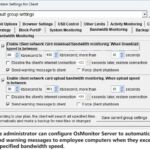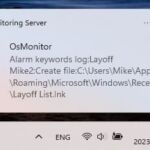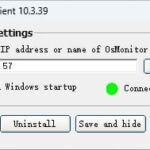Hey there! Ever heard of greedy algorithms? They're like these super simple yet super effective tricks for optimizing stuff. They work like magic for certain special problems. Imagine tidying up a messy room – that's what they do, but for your tasks! So, when you're looking to make your enterprise computer monitoring software handle tasks like a pro, you might want to consider using these nifty greedy algorithms. They're great for sorting out basic task assignments and arrangements. But hey, keep in mind, they're not flawless! There's a little glitch – sometimes they can't find the absolute best solution in the entire universe. So when you're diving into real-world use, take a moment to weigh things out – seriously, give it a good ponder not just once, but a couple of times.
Here's a general rundown on how you can use a greedy algorithm to fine-tune the way your enterprise computer monitoring software tackles tasks:
- Problem Modeling: First things first, you gotta turn the problem into something that fits the greedy algorithm's style. Imagine it's like crafting a puzzle piece. Tasks are like those little tasks-to-do, and computers are like those tools you've got. Each task needs a bit of computer power, and each computer has its own power level.
- Picking a Strategy: Now, pick a strategy. It's kinda like choosing a character in a game – it'll determine how you assign the tasks. Let's look at a few possible strategies:
- Smallest Task First: Give priority to the tiny tasks. Assign them to computers that can handle their needs.
- Maximum Computing Power: Grab the most powerful computer you have and let it handle the big tasks.
- Resource Efficiency: Find a task that matches the computer's capacity – think about it as finding a task with a similar level of difficulty to the computer's abilities.
- Task Assignment: Stick to the strategy you chose. It's like putting together a puzzle – you match the right task with the right computer. Gradually, you'll get the hang of it, and each time you'll tell the computer who's doing what and update the computer's resources.
- Check and Adjust: Right after you've assigned the tasks, take a moment to see how things are going. Are tasks getting completed on time? Is your computer's power being used efficiently? If something seems off, don't worry. You can reassign tasks or tweak things a bit later on.
- When to Stop: Set a stopping point. Imagine it's like saying, "Okay, that's enough!" You could set a time limit or stop when all tasks have been assigned.
Remember, greedy algorithms can sometimes be a bit picky. They might just look for what's good right around them and not check the entire place. To tackle this, try these tricks:
- Give It a Few Tries: Run the greedy algorithm a couple of times, starting with different setups each time. Sometimes, you'll hit the jackpot with a better solution.
- Team Up with Other Methods: Why not pair your greedy algorithm with other cool methods? Like backtracking or simulated annealing – you might find the perfect combo.
- A Little Randomness: Add a sprinkle of randomness into the greedy algorithm. It might help you escape from a local puzzle and lead you to a better global solution.
To sum it all up, greedy algorithms are like a magical wand for optimizing task management in enterprise computer monitoring software. But don't be too relaxed – just like in cooking, you've got to pick the right recipe (strategy) for your dish (problem), and don't forget the little quirks. Experiment a bit, adjust as needed, and I'm sure you'll whip up a task-handling plan that perfectly suits your business needs. It's like crafting a recipe – a bit of research and a sprinkle of effort, and you'll end up with a delicious result!
About OsMonitor:
The mission of OsMonitor is to create a Windows computer system tailored for work purposes, effectively regulating employee computer behavior. It enables employers to understand what employees are doing each day, monitoring every action, including screen activity and internet usage. Additionally, it restricts employees from engaging in specific activities such as online shopping, gaming, and the use of USB drives.
OsMonitor, designed purely as software, is remarkably user-friendly and requires no additional hardware modifications. A single management machine can oversee all employee computers. As a leading brand in employee computer monitoring software with over a decade of successful operation, OsMonitor has rapidly captured the global market with its minimal file size and excellent cost-effectiveness compared to similar software. At this moment, thousands of business computers worldwide are running OsMonitor daily.




